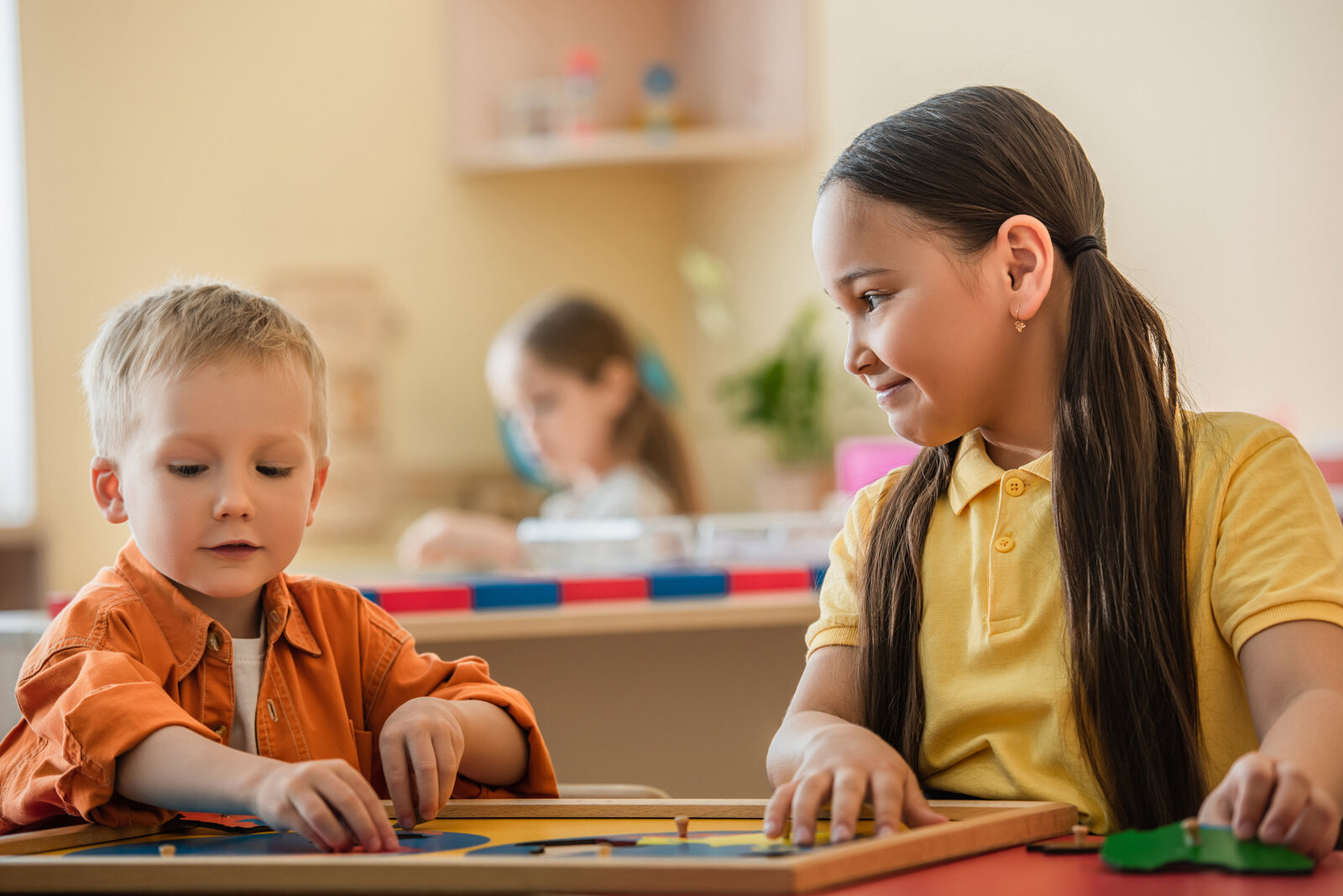Traditional classrooms group children by age, and they will be taught the same material. The teaching pace is based on an average student’s learning capacity, and some children might feel left out or bored. That is where mixed-age classrooms come to the rescue, where the age group of children in the classroom would be around 2–3 years.
Keep reading to understand more about mixed-age classrooms.
What Is a Mixed-Age Classroom?
The idea behind a mixed-age classroom is to take two or more different age groups of children and make them learn in the same classroom.
While this may seem counterintuitive at first glance, it offers numerous benefits to teachers and students. It tries to mimic the family model in a formal setting where siblings or other family members try to learn from each other and bond better. Several studies have found that mixed-age classrooms are as effective as traditional classrooms in terms of academic learning and more effective than conventional classrooms in terms of social learning.
Benefits of Mixed-Age Classrooms
Boosts Social Skills
– Children in a mixed-age class will be put in situations where they can be leaders or followers and learn to collaborate with children with different interests and abilities. Younger students can learn how to communicate with kids differently from them by interacting with older students, which is a vital skill in today’s society. It fosters an environment of inclusion and acceptance among all students, regardless of age or background, and encourages them to be better citizens outside of school as well.
Promotes Emotional Well-Being
– Another advantage of a mixed-age classroom is that there is less competition and comparison. Each child is viewed as an individual with unique strengths and interests. Because there is less pressure from peers and teachers, the children can focus on their studies, enjoy discoveries in the classroom, and become more creative. Mixed-age learning is known to increase children’s self-esteem and confidence.
Promotes Better Leadership Skills
– In a mixed-age classroom, the older students naturally take on the role of assisting and leading the younger students. The younger children will frequently look up to the older children for guidance, thereby developing leadership and mentoring skills in the children.
Individualized Teaching Method
– Mixed-age classes allow for more individualized instruction, which can help students progress at their own pace. It allows the teacher to design a curriculum tailored to each child’s interests and abilities while effectively using classroom time.
Multi-age classrooms are essential to the Montessori system, where children get to be learners, observers, and mentors. The Montessori classroom is a prepared environment where a trained educator designs the classroom to create an optimal learning environment. The children are encouraged to move freely in the class and are allowed to choose any activity. They can also sit at a table or on a small mat on the floor, as opposed to the traditional learning environment where kids are seated in rows, and teachers teach or correct their work. In a prepared environment, the teachers are keen observers and assist the kids only when required.
